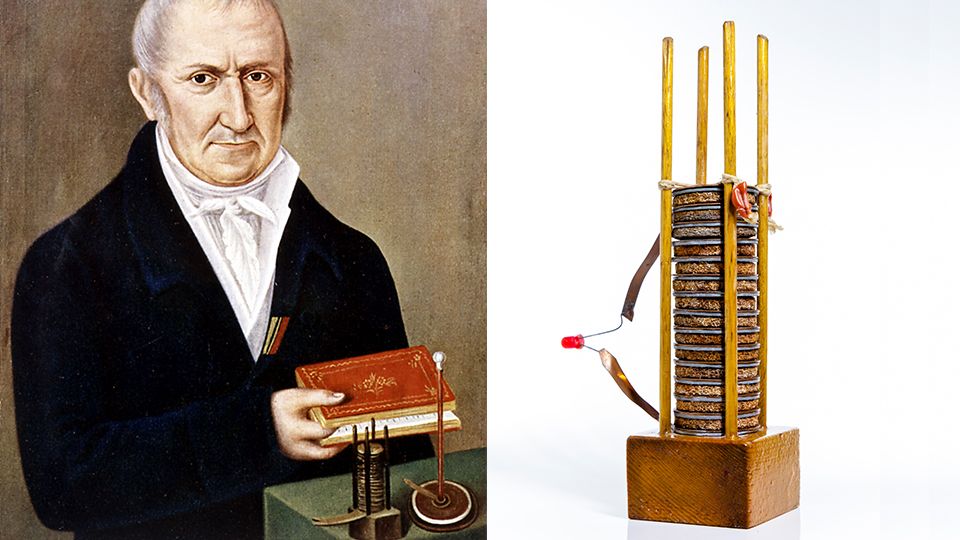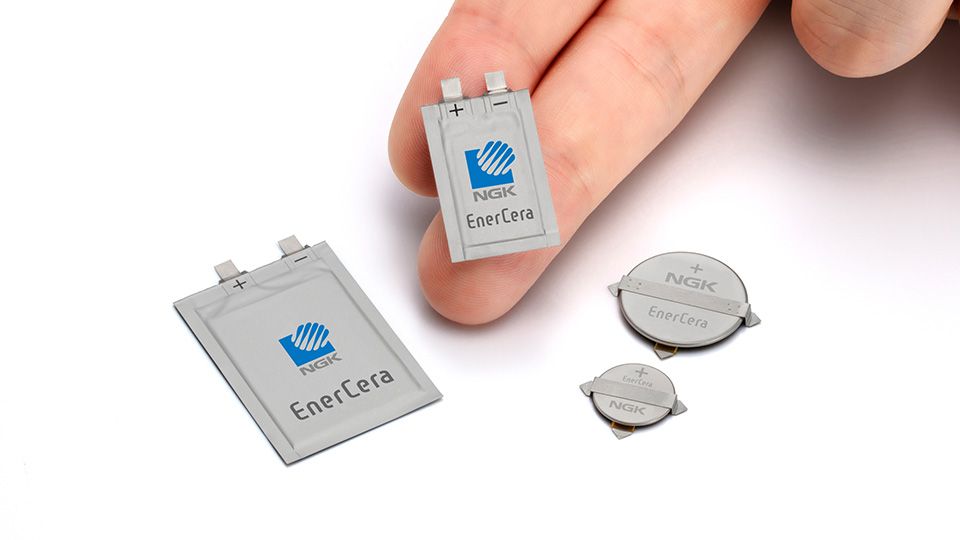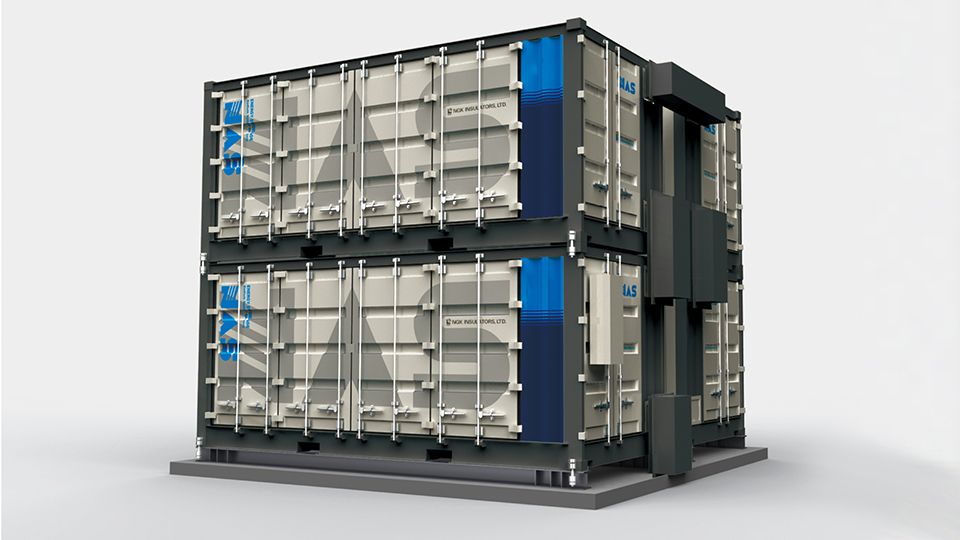Innovators of Tomorrow
Powering Innovation: The amazing evolution of batteries
The development of battery technology has had a transformative effect on society. As the technology continues to evolve, what changes can we expect?
Imagine getting through your day without using a single battery. Could you do it? Whether it’s smartphones, laptops, electric vehicles or other gadgets, batteries not only store energy for future use, they enable our tools and playthings to be mobile. And as economies around the world try to wean themselves from fossil fuels amid global warming, batteries have the potential to play an even greater role in powering our societies.
From fish to the first rechargeables
It might come as a surprise to learn that batteries were first inspired by fish. The ability of electric fish, such as rays and eels, to generate electric discharge for defence and hunting had been known since antiquity. But it was Italian inventor Alessandro Volta (1745–1827) who created the first electric battery after studying these animals. His 1799 voltaic pile consisted of copper and zinc discs separated by brine-soaked cloth. It was the first battery that could provide a small but steady current to a circuit.

Scientists quickly realised the usefulness of such a device and hurried to increase its potential. In 1859, French physicist Gaston Planté (1834–1889) invented lead-acid batteries, the first rechargeable battery. These were used to illuminate train carriages and are still widely employed today in ignitions for conventional cars.
In 1888, German physician Carl Gassner (1855–1942) developed the Leclanché cell, an early form of electrical battery, into what became the first zinc-carbon battery. It was dubbed the dry cell because it would not spill its liquid solution. Much smaller than their predecessors, these batteries powered early flashlights, introducing the era of consumer batteries.

Alkaline batteries, first developed in the early 20th Century and successfully commercialised in the 1950s, had greatly improved capacity. Based on the reaction between zinc and manganese dioxide, disposable alkaline batteries were made available in cylindrical and button formats and provided power to everything from remote controls to transistor radios. The era of portable electronics had begun, laying the groundwork for today’s mobile devices.
Incremental but revolutionary
The next jump in the evolution of batteries used the chemical element lithium as its springboard. With the advent of electronics such as mobile phones, there was a need for greater battery capacity. Based on inventions by scientists including John B. Goodenough and Akira Yoshino, rechargeable lithium-ion (Li-ion) batteries were launched in 1991. They became a revolutionary force because of their small size and high voltage and charge storage. They enabled portable electronics, and, more recently, electric vehicles. As their cost plummeted – they’re now 30 times less expensive compared to 30 years ago – they’ve been an important technology in the information age and the quest for zero-emissions transport.

More recently, Li-ion cells have fueled the spread of the Internet of Things (IoT) devices. For example, NGK Insulators’ EnerCera* battery is a high-power Li-ion cell that comes in coin and pouch formats for IoT and smartcard applications, respectively. The batteries are compact enough to be used in a wide variety of innovative wearable devices, such as sensors that notify caregivers when elderly users get out of bed, and flexible enough to be attached to the cylindrical shape of wine bottles, helping companies monitor heat and humidity during shipping.
The evolution of batteries from voltaic piles to Li-ion cells has seen remarkable advances and social changes, though battery development has been slow compared to other technologies. Breakthroughs that have changed the industry have been few and far between, notes Jay Turner, a battery history expert and chair of the Environmental Studies Department at Wellesley College in Massachusetts.
“Much of the innovation in the world of batteries is about incremental improvements in existing technologies – this has been the case with lead-acid, alkaline-manganese, and lithium-ion batteries,” says Turner. “Small, incremental improvements in their performance, capacity, and safety have resulted in enormous improvements in battery performance over time.”

Driving the spread of renewable energy
Innovations in battery technology continue to revolutionise our world. Today, large-scale storage batteries are helping stabilise power grids, and countries such as Japan view them as a key technology in efforts to attain carbon neutrality by 2050. The global energy storage market is expected to grow 30% annually to 2030, according to BloombergNEF.
Renewable energy can lower carbon emissions, but given the sun doesn’t always shine and the wind doesn’t always blow, it can be inconsistent. Sodium-sulphur, or NAS*, batteries can store megawatt-level amounts of renewable energy produced from wind and sunshine for use when those sources are not available. During power outages, the electricity in these NAS batteries can power thousands of homes and businesses.

The key component that makes the NAS battery unique is a solid electrolyte made of beta alumina ceramic having sodium ion conductivity, according to NGK Insulators spokesman. This helps to minimise degradation while offering high efficiency. So far, more than 250 NAS projects have been installed around the world, with a total capacity of 700 MW/4.9 GWh.
“NGK strongly believes that NGK’s storage batteries in combination with sustainable energy such as photovoltaic power generation will contribute to carbon-neutrality and digital societies,” says Iwao Ohwada, vice president, at NGK Insulators. “NGK would like to provide various services by using unique NGK batteries as well as battery products.”
Batteries have transformed the way we work, live and play. As the technology continues to evolve, batteries can help increase our reliance on renewable energy, helping transform society further still and create a more sustainable world.
NAS and NAS logo, EnerCera are trademarks of NGK Insulators, Ltd., registered in the United States and other countries.
Discover how the evolution of battery technology has changed the world
Find out how ceramics could help power our society







